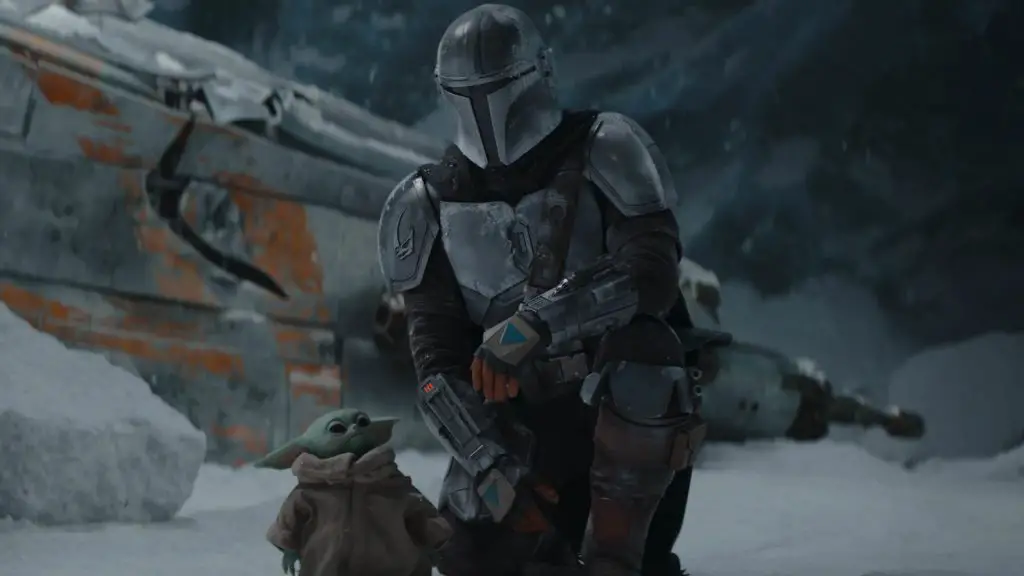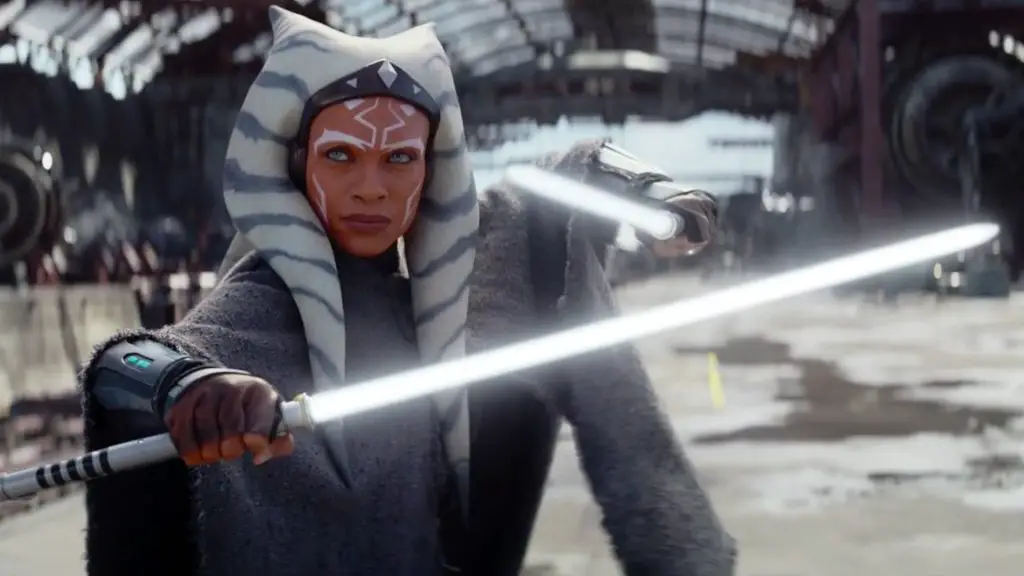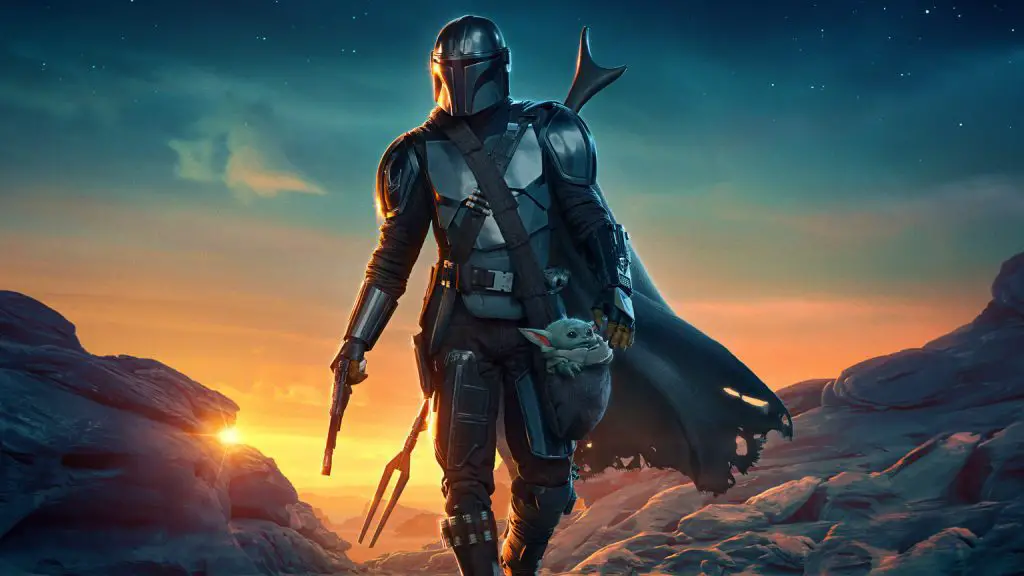In the ever-evolving world of entertainment, industry giants are often at the forefront of technological advancements. According to The Hollywood Reporter, Disney is now venturing further into the technological horizon, as it scouts for a professional proficient in generative AI. Their offering? A generous annual package of around $180,000.
This R&D Imagineering role isn’t just about understanding the algorithms and coding – it’s about the artistry. Disney is on the hunt for a visionary who not only comprehends the capacities of AI but can discern between “the voice of data and the voice of a designer, writer, or artist.” This intriguing development emerges amidst a cloud of controversy as SAG-AFTRA and the Writers Guild of America members stand united, rallying for fairer compensation from the entertainment houses. A looming question in the air is: How will AI reshape the entertainment industry, and where does that leave its human counterparts?
AI’s Rising Role in Entertainment

Netflix, the streaming behemoth, is another key player showing a keen interest in the AI domain. Recent reports suggest that they’re on the lookout for an expert to refine their Machine Learning Program. Initially, Netflix employed this technology to curate watch recommendations for its audience. However, there’s a buzz that Netflix could soon harness AI to craft the content itself. Such propositions inevitably raise eyebrows. With Hollywood already feeling the tremors from union members concerned about AI potentially invading their creative turf, where is the line drawn between technological advancement and preserving art’s human touch?
Disney’s foray into the digital realm isn’t a fresh endeavor. They’ve employed digital techniques to augment performances for many years. Take 2010’s Tron: Legacy as an example, where Jeff Bridges graced the screen as a younger version of himself. This de-aging was achieved via rudimentary digital effects, ensuring Bridges still maintained control over his authentic performance. However, a stark contrast is observed when Luke Skywalker’s appearance in The Mandalorian is analyzed. His dialogue was synthesized, with a digital visage uttering words, but many felt it eerily lacked the depth and warmth a real actor brings.
The Tug of War: AI vs. Artistry

While discussions around AI’s role in entertainment persist, another battle wages on – that of rights and recognition. Historically, residuals from films and TV shows have often been meager, offering a mere pittance to those whose talents catapulted the productions to stardom. The ongoing strike has stymied several high-profile projects, with Deadpool 3 and Stranger Things‘ last season being notable mentions. Both studios and unions appear to be at an impasse since negotiations faltered, casting a shadow of uncertainty over Hollywood’s future.
In Conclusion
The integration of AI in the realm of entertainment is undeniably an exciting prospect, promising innovations previously deemed unfathomable. Yet, as technological strides are made, the industry grapples with ethical, professional, and creative dilemmas. The delicate balance between human creativity and AI’s capabilities is a dance that Hollywood must master. Only time will unveil the true protagonist in this unfolding drama – machine or man?


